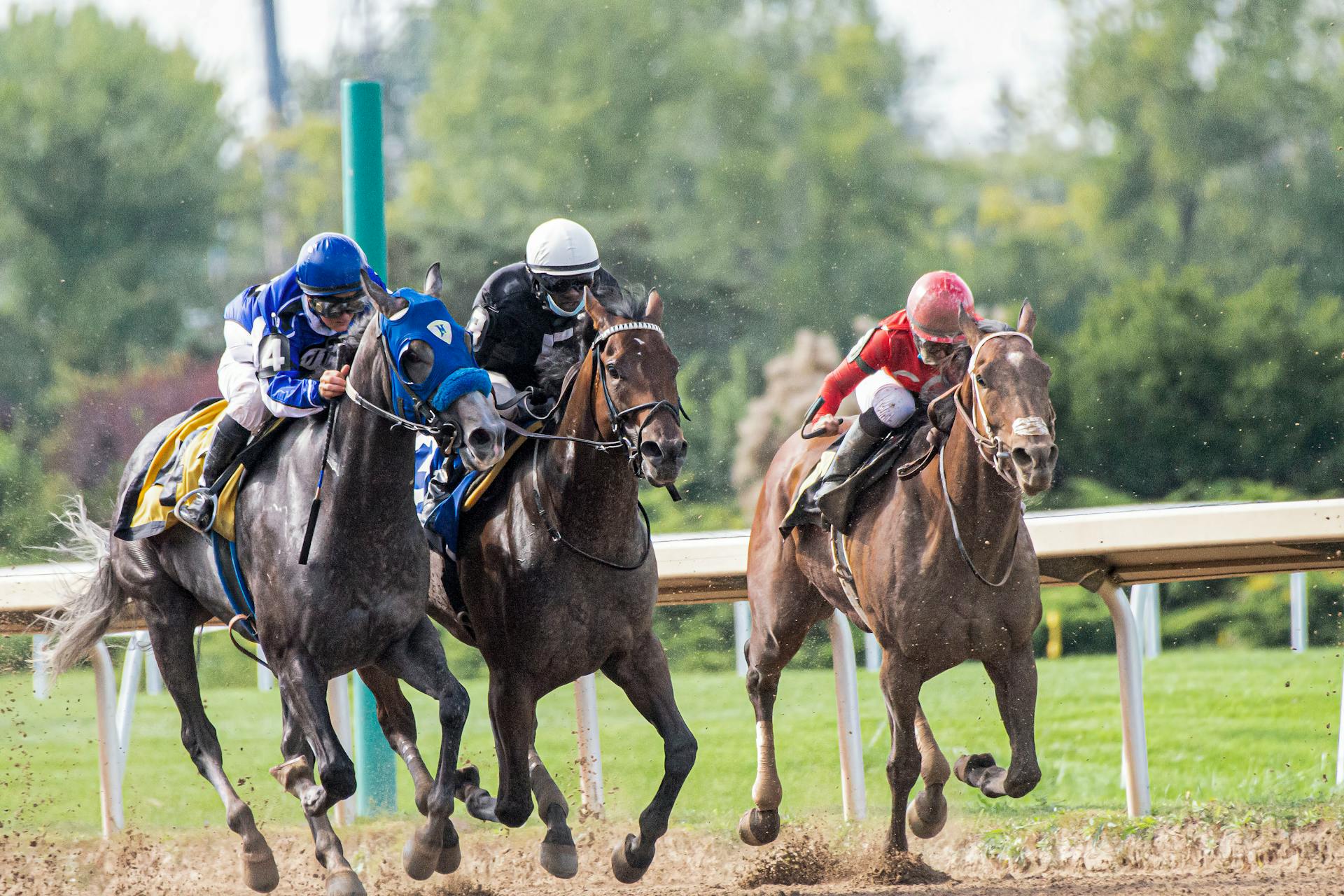 The Breeders’ Cup lands at the end of the flat season with a simple promise. Two days. Fourteen high-grade tests. Form lines from both sides of the Atlantic, colliding at full speed.
The Breeders’ Cup lands at the end of the flat season with a simple promise. Two days. Fourteen high-grade tests. Form lines from both sides of the Atlantic, colliding at full speed.
For a UK racing fan, it is not just a late-night watch. It is a chance to benchmark European stock against elite North American opposition and to find edges that domestic cards rarely offer.
Let’s map the races, the track quirks, and the angles that turn this meeting into a clear opportunity.
Two Days That Reset End-of-Season Thinking
The meeting closes the global flat year with a clean scoreboard. Races span Turf and dirt across sprint, Mile, and middle distances, giving a UK bettor or analyst the chance to test every angle built since the spring. European stables tend to target the turf programme because it mirrors home conditions and offers multi-million million pots across the Mile, Turf, and Filly and Mare Turf. Results here settle awards, influence stallion fees, and shape winter markets, so a strong run carries more weight than a soft end-of-season win at home.
Card density makes the difference. Four or five group-level races on one evening create overlapping markets and constant price movement. Liquidity deepens, late money speaks, and discipline pays. Treat it like a festival rather than a standalone card, and the approach sharpens, with clearer reads on pace, draw, and form translation as the night unfolds.
For those following the action closely, markets move fast and margins are tight. Platforms that specialise in international racing odds give a clear view of how confidence shifts before the off. Exploring Breeders’ Cup betting on FanDuel offers live updates on favourites, prices, and trends that reflect how traders view European form against American speed. Understanding that balance sharpens analysis and helps build context before committing to a line.
Turf Tests That Suit European Strengths
UK and Irish yards have dominated the longer turf events for years, and the reasons are structural. Training regimes at home build stamina and finish, which play perfectly into the twelve-furlong Turf and the late surge required in the Mile. The record shows repeat strikes from European barns in these divisions, with multiple winners across decades and regular podium sweeps when the ground rides fair. Even when the meeting sits at a track with a short stretch, the best European closers still figure because they secure position early and use sustained speed rather than a quick burst.
The juvenile turf races also deserve attention. They act as a live audit on Royal Ascot and late summer form. European two-year-olds often arrive battle-hardened from Group company and handle the travel because they are already seasoned at different tracks.
How Form Translates When the Pond is in the Way
Translating European form to American conditions needs more than a straight line through ratings. The run style matters more than usual. Tight turns shorten the usable straight, which penalises one-paced grinders and rewards horses that can corner, travel, and produce in the last three hundred metres. Sectionals from recent trials or preps reveal this. Horses who can post even or negative splits in the final two furlongs are far better suited to these circuits than those who rely on a long runway.
Equipment and rules also shape the picture. Medication policies have tightened, and turf races increasingly mirror European norms, further levelling the field. Travel schedules have shortened in recent years, thanks to well-drilled quarantine routines, and top operations now ship with staff who are familiar with the local barns, gallops, and feed. That cuts variance. The best yards arrive set, and their strike rates reflect that planning.
Track Quirks that Swing Prices and Decide Margins
Every host venue carries its own map. Santa Anita runs fast with firm turf and a turn that arrives sooner than many European runners expect. Keeneland mixes autumn chill with a compact layout and a stretch that demands timing. Del Mar feels even tighter and amplifies pace pressure.
These differences change ideal draws. Low to middle gates over a mile on Turf tend to help, as they reduce the risk of covering extra ground round two turns. Wide trips burn energy and translate to losses of one to two lengths, which is decisive at this level.
Pace is the second lever. American dirt races often set a strong first half, while turf contests can stack up before a sprint. A UK analyst who models likely leaders and maps where European closers will land by the first bend gains a real edge. Watch how jockeys ride the inner to save ground and how often the winner has tracked the rail round both turns.
What UK Fans Gain Beyond the Trophy Shots
As British eyes turn toward winter jumps, the Breeders’ Cup delivers one last rush of precision analysis. It turns November nights into a test of pattern recognition and form translation. Those who tune in with a spreadsheet rather than a pint glass often find clues that shape next season’s early markets. The smart money knows that this is the one weekend when global context and local insight converge, and it pays to stay alert for it.